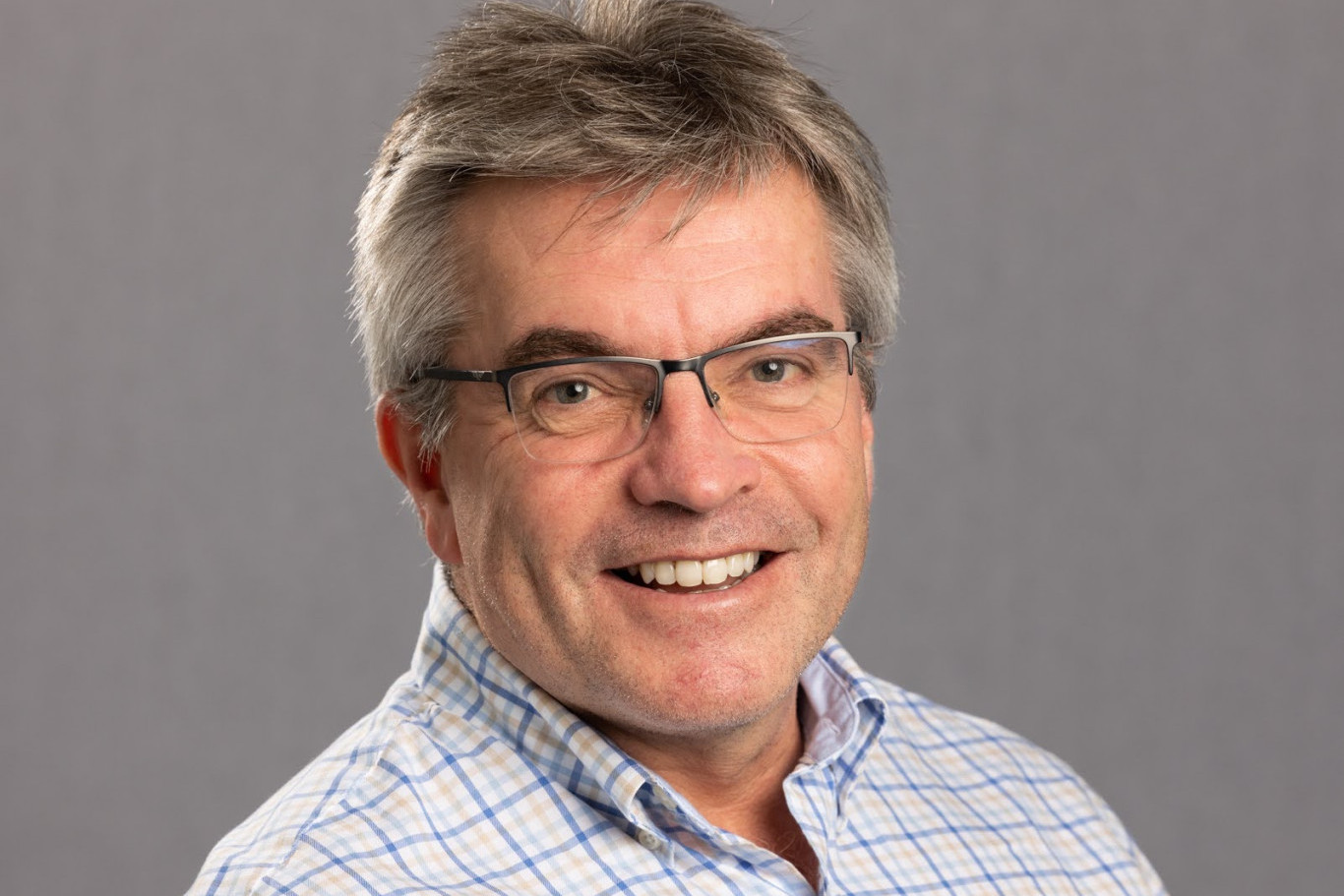Council
3 April, 2025
Rural health gap not fixed in budget
WHILE the 2025–26 Federal Budget delivers some welcome investments in healthcare, the Australian College of Rural and Remote Medicine (ACRRM) is urging all political parties to step up and prioritise rural, remote, and First Nations healthcare in their election platforms.

ACRRM President Dr. Rod Martin says the Budget contained no surprises, reinforcing the need for a clear commitment from all sides of politics on how they will ensure funding reaches the communities that need it most.
“With an election on the horizon, this is the time for political leaders to put forward concrete plans that will make a real difference in rural and remote Australia,” Dr. Martin says.
“The government has committed approximately $8.5 billion in healthcare funding over four years, and the Liberal Party of Australia has said they’ll match it - but there is little clarity on how much will directly benefit rural and remote Australians – they deserve detail and ACRRM expects it.”
Key budget highlights include:
$7.9 billion in Medicare payment, with increases for standard consultations, to up to $86.91 in remote areas.
A Bulk Billing Practice Incentive Program.
$1.8b to fund public hospitals and health services in 2025 - 2026.
$689 million to be spent over four years to reduce the cost of most medications listed on the Pharmaceutical Benefits Scheme.
$573m for women’s reproductive health and menopause.
According to Dr. Martin, “the sweetener” is a $265.2 million investment to expand the pipeline of future General Practitioners (GPs) and Rural Generalists (RGs), supporting ACRRM’s ongoing call for at least 500 Rural Generalist training places annually.
“We will be watching closely to ensure these training places are allocated where they are most needed, supporting the growing demand for ACRRM training, addressing the greatest and most urgent workforce shortages, and improving healthcare for people living in rural and remote communities,” he said.
Despite these investments, Dr. Martin says the Budget fails to address critical gaps in rural healthcare, including the ongoing closure of rural maternity services.
According to Dr. Martin, the latest data from the Australian Institute of Health and Welfare shows that nearly 80,000 women give birth outside Australia’s cities each year.
“At the same time, reports of rural maternity unit closures continue to emerge from all corners of the country,” he said.
“Each closure weakens health in rural and remote communities just a little bit more. There has been no commitment to turn this around.
“Targeted funding is desperately needed to attract and retain the rural maternity workforce, including Rural Generalists skilled in obstetrics and anaesthetics, to ensure women in rural and remote communities can access safe, high-quality maternity care close to home.
“Rural, remote, and First Nations people deserve more than just broad healthcare funding announcements.
“They need real solutions that ensure they receive quality, accessible and affordable healthcare that is sustainable and delivered as close to home as possible.”

